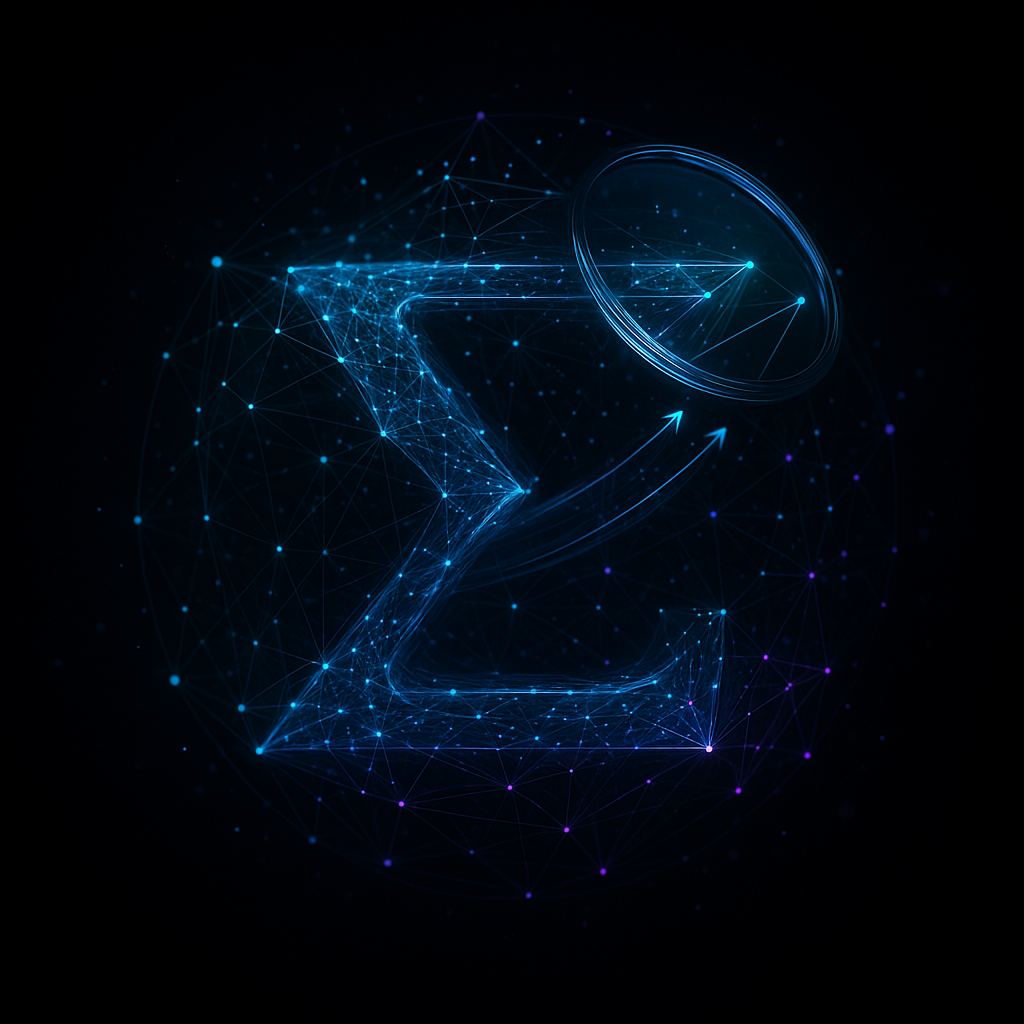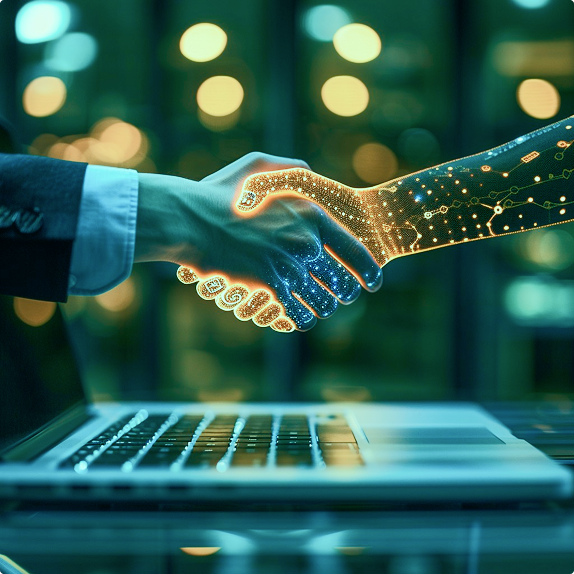Future Innovations – Expanding Graph AI Intelligence

Quantum-Enhanced Graph Neural Networks: Targeting 15× faster graph AI inference through quantum-inspired learning algorithms.
Self-Supervised AI Learning: Reduces training data dependency by 50%, leveraging self-supervised graph embeddings.
Multi-Agent AI Reasoning for Decentralized AI: Optimizing collaborative AI decision-making through federated graph learning architectures.
Future advancements depend on ongoing R&D in tensor-network graph processing, quantum-inspired AI models, and decentralized graph reasoning frameworks.
